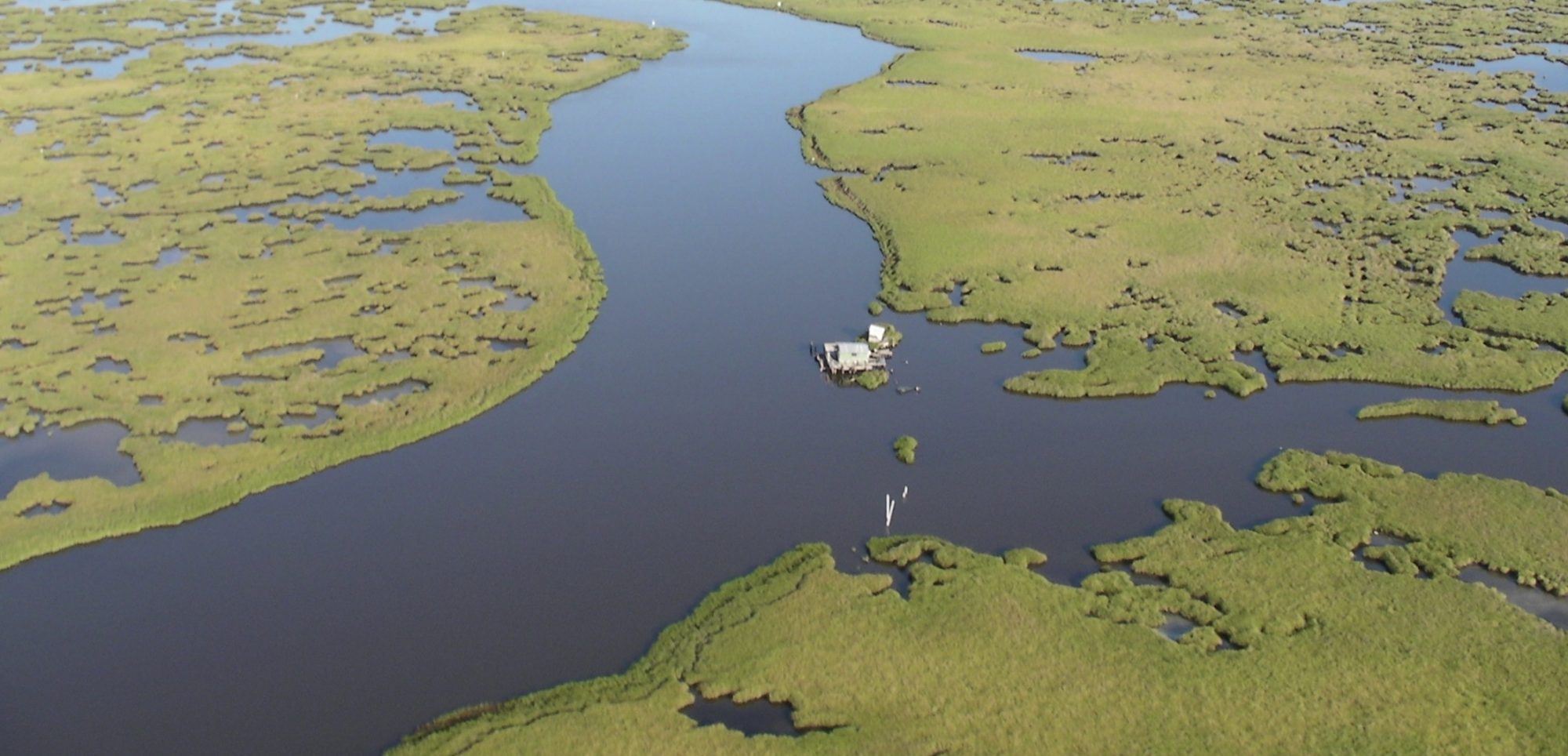
Ph.D. Candidate, Michigan State University
Field Travel Grant Type 1
Enhanced Algal Production and Carbon Cycling in Northern Peatlands: Substrate Controls on Decomposition
“Throughout the Holocene, boreal peatlands have served as an important sink for atmospheric carbon (C), storing as much as 30% of the Earth’s soil C as partially decomposed organic material. Ongoing climate warming is predicted to increase decomposition rates in peatlands, which will result in the release of soil C as carbon dioxide (CO2) to the atmosphere. Studying the mechanisms that facilitate decomposition of peat is essential to understanding the controls on greenhouse gas emissions from peatlands.
Peat accumulates in large part because of slow microbial decomposition due to anaerobic conditions and recalcitrant organic substrates. The effect of C substrate quality on peat decomposition is not well understood. The chemical composition of C substrates can have direct effects on the function of soil microbes by altering soil chemistry and the soil microbial community. Addition of labile substrates such as
glucose or starch tends to increase decomposition rates and CO2 production in peat . Laboratory studies have shown that dissolved organic carbon (DOC) from algae provides a source of labile organic matter to decompose substrates already present in solution (i.e. priming effect) and any new substrates added to solution. This process has not been studied in peatlands, but may be especially important in boreal regions
where an increase in algal productivity is expected with accelerated nutrient cycling under
climate warming.
I hypothesize that labile sources of carbon provided by algae facilitate the breakdown of more refractory forms of carbon produced by mosses and vascular plants and may help to transform high latitude peatlands from serving as net atmospheric carbon sinks to net carbon sources. I predict that increased algal-derived DOC with nutrient enrichment will increase microbial decomposition of peat and carbon dioxide emissions from peatlands.
I will test my hypotheses using facilities at the Alaska Peatland Experiment fen (APEX; www.apex.msu.edu) located in interior Alaska, where C emissions are monitored under experimentally altered climate scenarios, including both drought and flooding. The proposed research will have importance within both algal and wetland ecosystem ecology, as this is the first study to relate algal functions in boreal peatlands to potential feedbacks on climate regulation processes.“
